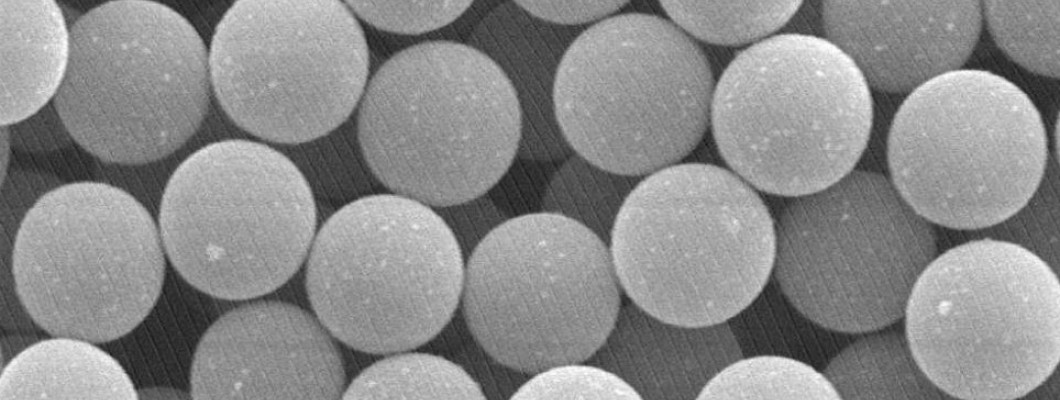
The size of these particles lies between 0.1 to
100 μm.
Microparticles are considered to have an increased surface-to-volume ratio than
at a macroscale, therefore,
depict a different behavior. The larger microparticles can
be viewed without any assistance; however, the smaller particles require
magnification to be seen.
Even with the visibility of the particles, the
structure of the particle is too small for a human eye to see. The industrial
microparticle is a magnetic core that is
surrounded by the second material.
These particles are mixed with other substances which are used for specified
applications. The applications vary as it
depends on the properties of the
outer shell. They can be used anywhere from separating valuable metals from
rock, leading to the purification of water.
As stated above, microparticles
have a larger surface area in comparison to various other materials, which
causes certain particles to have different reactive
behavior on small scales in
comparison to large scales. The most common reactions originate from certain
metals. Upon exposure to these metals to wear
and friction, they can become
highly volatile and even explosive in certain cases. The use of microparticles
is very diverse as it is being used as conductive
coatings, manufacturing
of glass, formation of lubricants, nuclear reactors, metallic alloys, and
structural materials. It is also used as metal composites for bearings
and
liners engines. Microparticles are also used as support materials for the
composition of precision metal powder catalysts which are used to increase the
conductivity.
It is also used to create a metal matrix for reducing friction.
Microparticles are also used as a chromatography medium. Because of its
applications, it is also used as
an adsorbent in the defluorination of drinking
water. They are also used as air filters in vehicles while enhancing the
efficacy of filters by absorbing and decomposing
carbon monoxide leading to a
decrease in environmental pollution.




Leave a Comment